Budapest doesn’t just span the Danube River—you’re crossing between two worlds whenever you use one of its famous bridges. The Hungarian capital’s split personality stems from centuries of separate development.
Hilly Buda on the west bank kept its medieval character, while flat Pest on the east transformed into a commercial powerhouse. This duality creates a fascinating urban experience where you can walk between two distinct atmospheres in minutes.
Here are 19 reasons Budapest genuinely feels like two separate cities rather than one unified capital.
The River Splits Everything
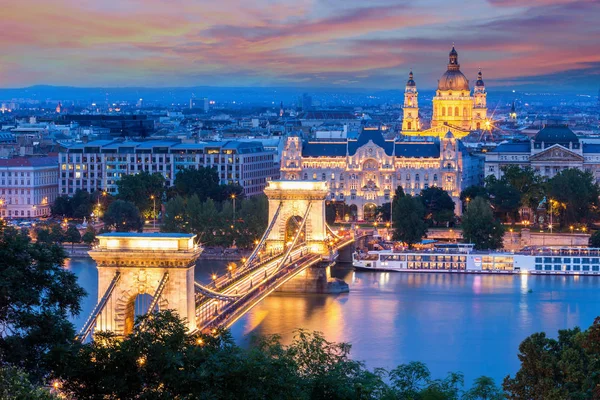
The Danube River doesn’t just separate Buda and Pest geographically – it creates two distinct moods. When you cross from Pest to Buda, you’ll feel the energy shift from bustling commercial districts to quieter residential neighborhoods.
Think Manhattan and Brooklyn connected by bridges, except that the contrast hits even harder. The river traffic reflects this divide, with tourist boats clustering near Pest’s landmarks while private vessels dock at Buda’s exclusive yacht clubs.
Different Terrain Shapes on Each Side

Buda sits on rolling hills; Pest spreads across a flat plain. This geographical difference affects everything – from architecture to daily routines. In Buda, you’ll find yourself climbing stone steps between neighborhoods, yet Pest’s grid system makes navigation straightforward and cycling a breeze.
Locals joke that you can spot Buda residents by their strong calves from daily hill climbing, while Pest dwellers stick to their bicycles and scooters.
Like Travel Pug’s content? Follow us on MSN.
Architecture Tells Two Stories
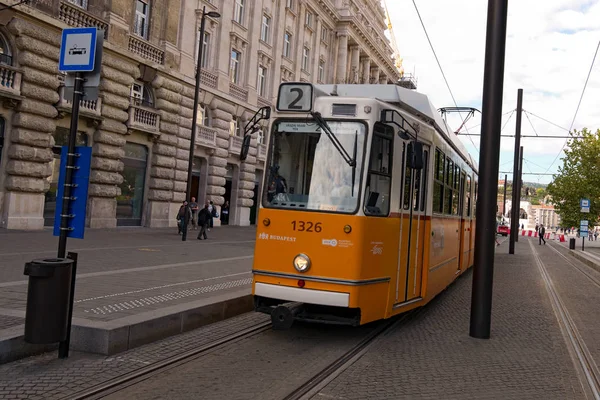
Buda showcases medieval castles, Baroque churches, and Ottoman-era buildings that weathered numerous wars. Meanwhile, Pest displays grand 19th-century boulevards alongside Art Nouveau masterpieces and modern glass towers.
Walking between them is like time-traveling through architectural history. The contrast peaks at sunset when Buda’s ancient stones glow golden while Pest’s glass facades mirror the changing sky.
Street Patterns Reveal Their Ages
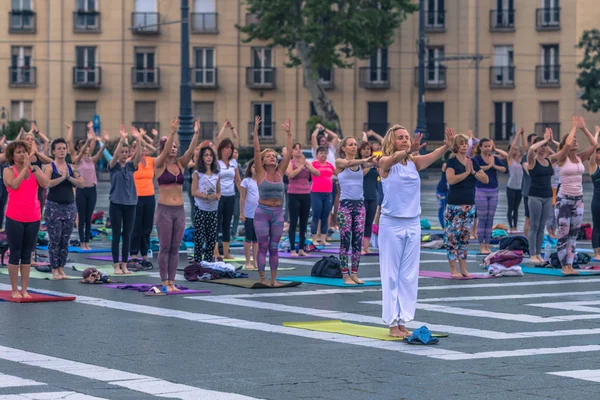
Buda’s winding medieval streets follow ancient paths and natural contours. Pest’s organized grid system? That reflects its rapid 19th-century expansion. You’ll need different navigation strategies for each side – landmarks guide you in Buda, though street numbers keep you oriented in Pest.
GPS systems often struggle with Buda’s quirky addresses, yet Pest’s logical numbering makes finding any location effortless.
Pace of Life Varies Dramatically

Buda moves at the speed of residents walking their dogs through tree-lined streets. Pest buzzes with businesspeople rushing to meetings, tourists cramming their itineraries. The tempo change when crossing the river is as noticeable as switching from a waltz to electronic dance music.
Even coffee culture differs: Buda favors leisurely espressos in garden cafés, while Pest runs on quick takeaway cups.
Like Travel Pug’s content? Follow us on MSN.
Castle District vs. Downtown Core

Buda’s Castle District preserves royal heritage with palaces and museums frozen in time. Pest’s downtown throbs with shopping centers, theaters, and trendy restaurants. One side celebrates history – the other embraces commerce and entertainment.
The contrast is so stark that many visitors spend their entire trip on one side without realizing what they’re missing across the river.
Different Types of Green Spaces

Buda offers forest trails and hilltop parks with panoramic views; Pest provides manicured urban parks and riverside promenades. Nature lovers head west for hiking, though people-watchers and picnickers stay east.
You might spot wild boars in Buda’s forests on lucky days, while Pest’s parks showcase perfectly arranged flower beds and fountains.
Transportation Reflects Their Characters
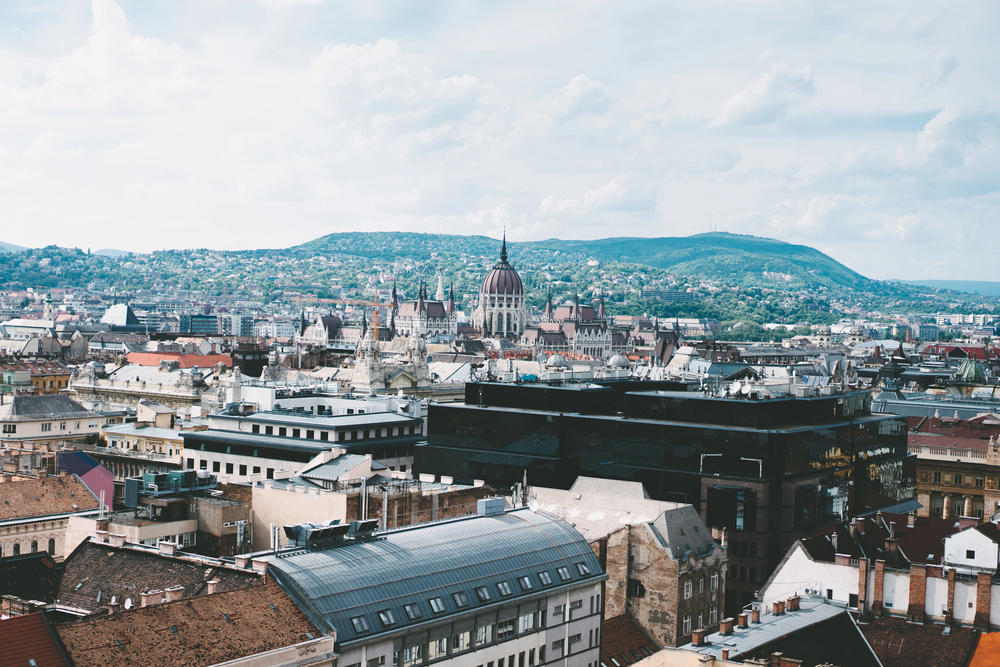
Buda relies heavily on buses navigating narrow hillside roads, plus a quirky cogwheel railway. Pest boasts an extensive metro system and tram network perfectly suited to its flat terrain.
Getting around emphasizes their different personalities. The charming Buda Castle funicular? It feels like a tourist attraction, whereas Pest’s efficient metro moves millions of commuters daily.
Like Travel Pug’s content? Follow us on MSN.
Nightlife Takes Different Forms
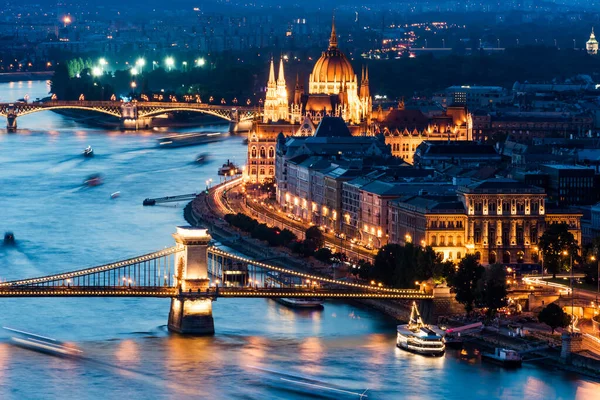
Buda’s evening entertainment centers on wine bars and quiet restaurants with garden terraces. Pests ruin pubs, clubs, and late-night venues? They create Budapest’s famous party reputation. Night owls migrate eastward after dark.
By midnight, Buda’s streets are empty while Pest’s party district hits its stride, creating a city that never sleeps but simply shifts its center of gravity.
Tourist Attractions Split Naturally
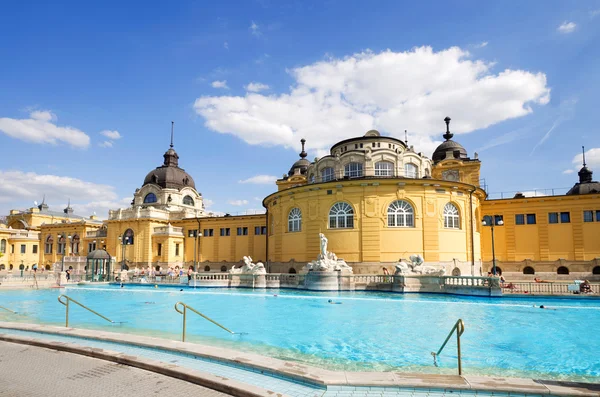
Most historical landmarks are grouped in Buda: Matthias Church, Fisherman’s Bastion, and the Royal Palace. Pest boasts the Parliament Building, the Great Market Hall, and the Jewish Quarter. Tour groups usually spend individual days on each side.
This de facto division keeps the tourists from being overcrowded while providing both riverbanks with their tourist system, which has different souvenir shops and photo spots.
Residential Areas Show Class Divisions
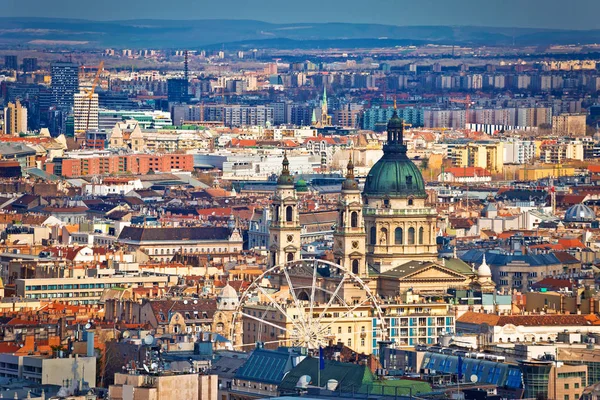
Buda used to be the site of nobility by tradition, and is now where affluent families need room and a view. Pests grew as a commercial quarter and still have more varied, intensely populated areas.
Housing prices still bear out this old division. Even now, asserting you reside in Buda has connotations, while Pest is the melting pot of Budapest’s middle class.
Like Travel Pug’s content? Follow us on MSN.
Thermal Baths Have Different Vibes
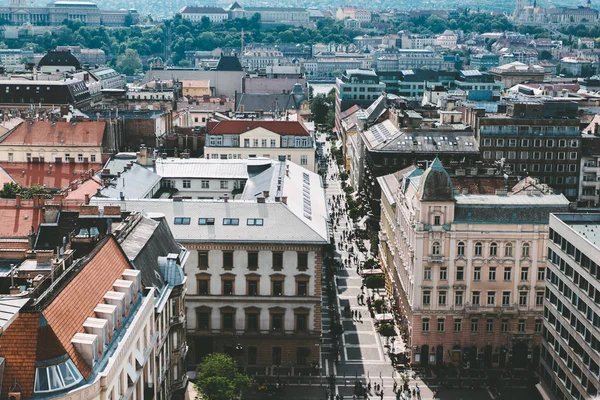
Like Gellért and Rudas, Buda’s baths feel more traditional and therapeutic. Pest’s Széchenyi Baths attract younger crowds with party atmospheres. Both sides embrace spa culture yet interpret it differently.
Buda’s bathers often arrive with doctors’ prescriptions for specific treatments, while Pest’s thermal pools host chess games and social gatherings.
Views Define Each Perspective
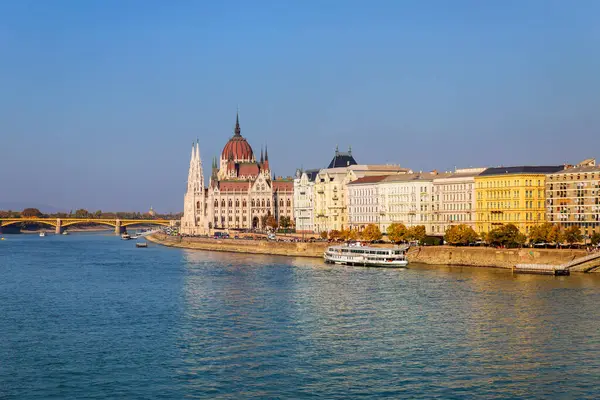
From Buda’s hills, you’ll see Pest’s grandeur spread below: Parliament’s dome, bridges spanning the river, the urban sprawl. Buda appears like a fairy tale from Pest’s riverbank with castles crowning green hills.
Each side frames the other perfectly. Photographers know sunrise shots work best from Buda looking east, though sunset magic happens from Pest facing west.
Food Scenes Cater to Different Crowds
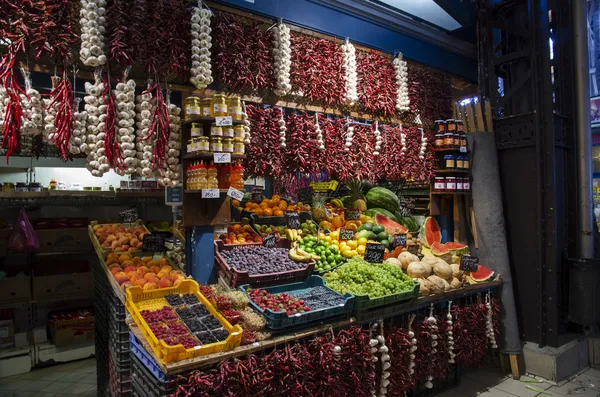
Buda’s restaurants often occupy converted villas with terraces overlooking the city. Pest’s dining scene includes everything from food trucks to Michelin-starred establishments.
Local families favor Buda; international foodies explore Pest. The price differences can be striking, too: the same meal might cost twice as much in Buda’s panoramic restaurants as in Pest’s hidden gems.
Like Travel Pug’s content? Follow us on MSN.
Cultural Institutions Reflect Priorities
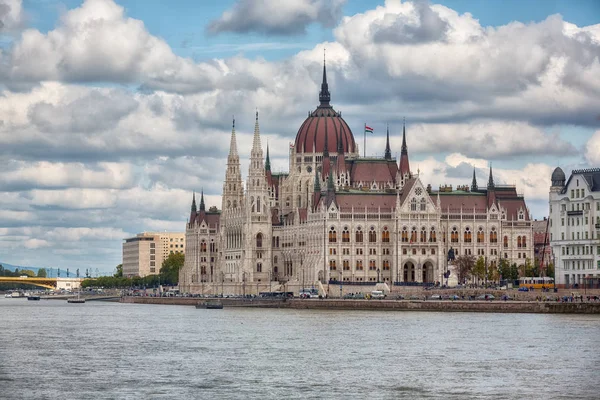
Buda houses the National Gallery and History Museum in former royal buildings, while Pest contains the Opera House, concert halls, and contemporary art spaces. High culture versus popular culture, tradition versus innovation.
Even the audiences differ: Buda’s museums attract history buffs and art connoisseurs, while Pest’s venues draw diverse crowds seeking entertainment.
Religious Buildings Tell Different Tales
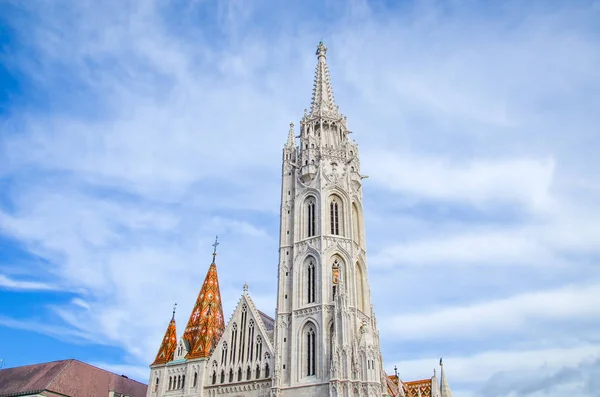
Buda’s churches survived Turkish occupation and World Wars relatively intact. Pest’s religious sites often show reconstruction after destruction. Sacred spaces on each side carry different historical weight.
Buda’s congregations tend toward traditional services, whereas Pest’s churches experiment with contemporary worship styles and community outreach.
Markets Serve Different Purposes
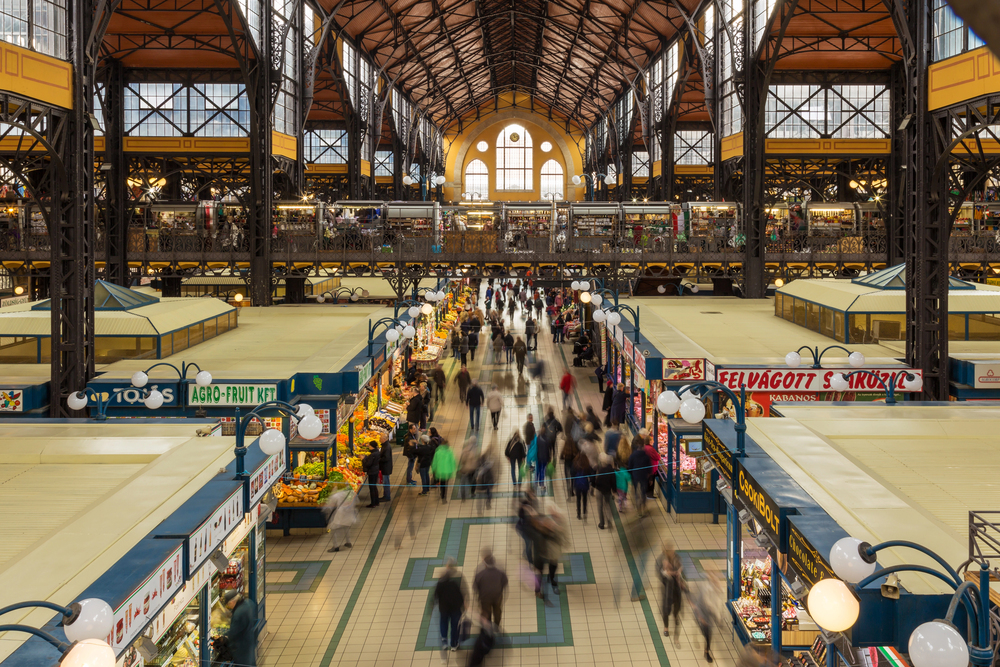
Buda’s local markets cater to neighborhood residents buying daily groceries, while Pest’s Central Market Hall attracts tourists seeking paprika and souvenirs. Commerce takes intimate rather than theatrical forms.
Buda’s vendors know their customers by name and save the best produce for regulars, while Pest’s sellers perform for international audiences.
Like Travel Pug’s content? Follow us on MSN.
Development Patterns Follow History
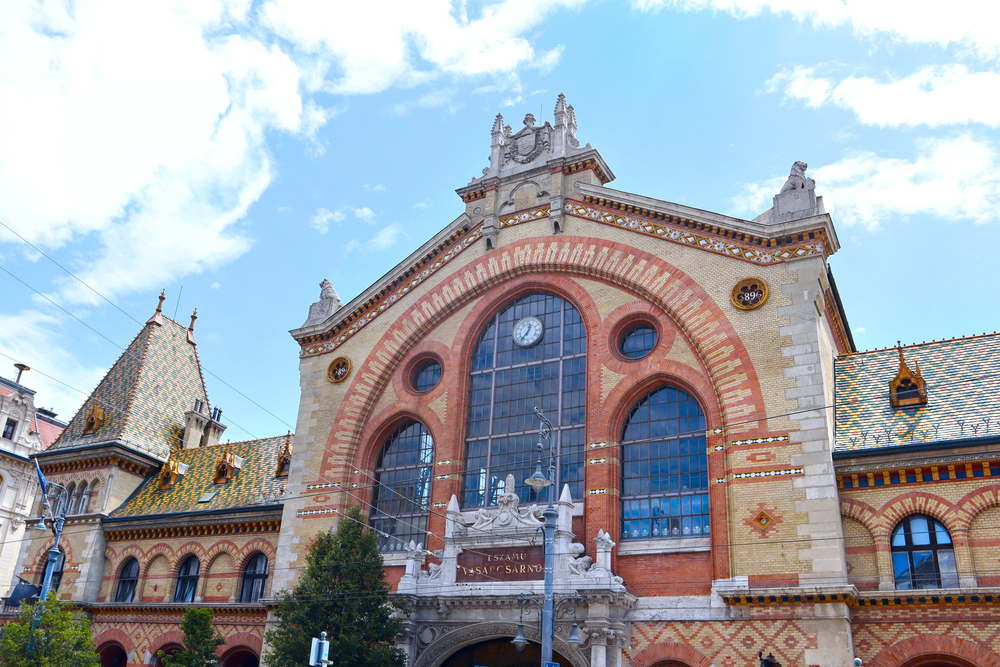
Buda carefully preserves its historical character with strict building codes. Pest embraces modern development and architectural experimentation. Conservation versus progress plays out across the river.
This tension creates ongoing debates in city planning meetings, with Buda residents fighting to maintain their skyline while Pest pushes for taller buildings.
Even the Bridges Have Personalities
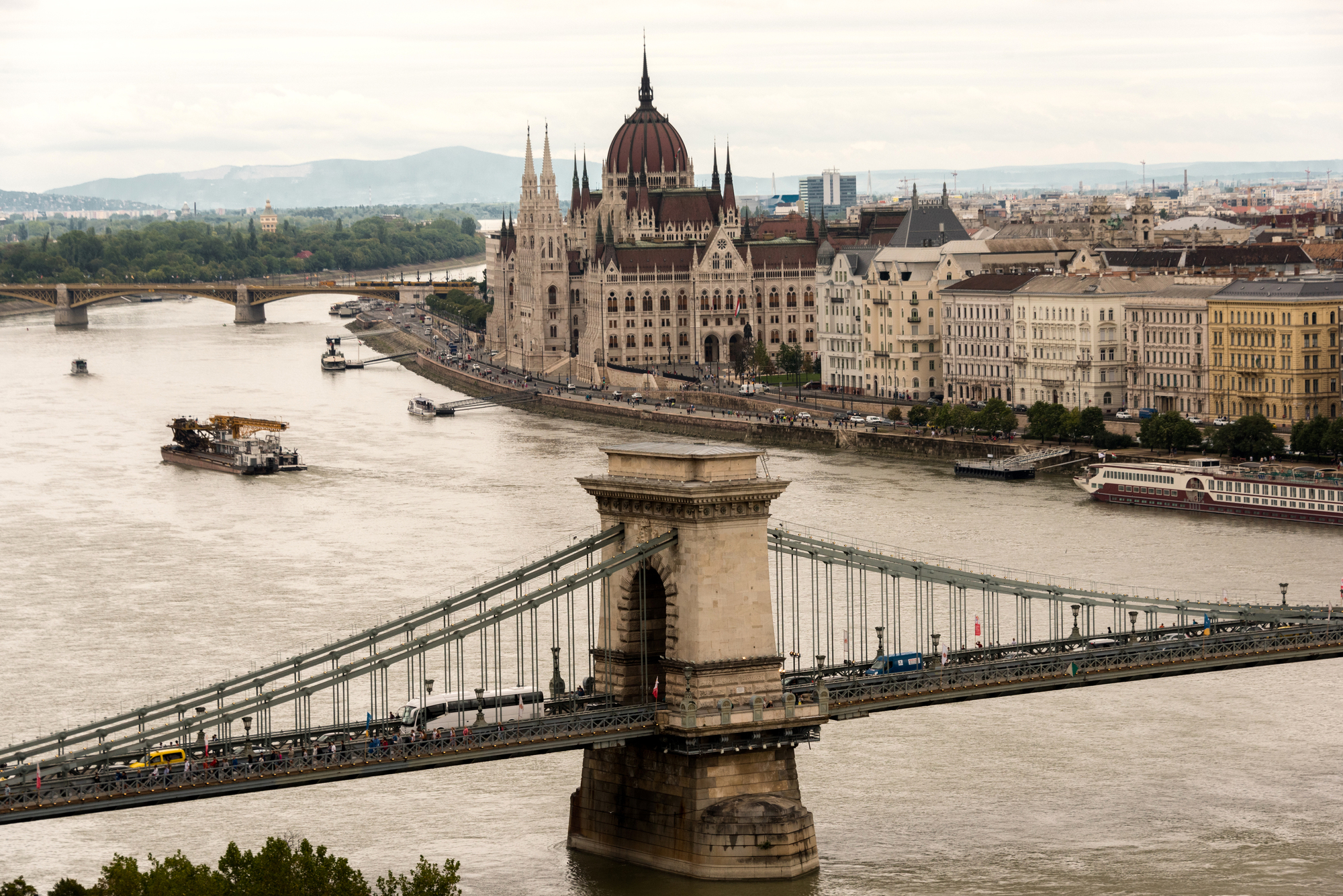
Chain Bridge is stately and historic, Liberty Bridge is elegant and green-painted, whereas Elizabeth Bridge is a modern minimalist. Each of the crossings provides a different crossing experience between Buda and Pest.
People form habits for certain bridges depending on their regular routes, and even some arrange romantic strolls to overlap with certain bridge crossings during the sunsets.
Two Cities, One Capital

Budapest’s double nature isn’t geographic trivia; it informs everyday life for locals and offers special experiences for tourists. The Danube doesn’t just separate the city; rather, it joins two complementary halves to form the whole.
Contemporary Budapest flourishes because Buda holds on to tradition while Pest advances, providing a capital where you can walk between past and future in the length of a bridge. This lovely tension between new and old, quiet and lively, makes Budapest one of Europe’s most captivating capitals: a city where crossing a river is like entering another country.
More from Travel Pug

- Cities Growing so Fast You Won’t Recognize Them in 10 Years
- 13 Destinations Where Tourists Regularly Regret Their Trip
- 16 U.S. Cities That Are Quietly Becoming Travel Hotspots
- Where to Travel If You Love Long Bus Rides and Daydreams
- 20 Cities Perfect for Solo Travelers Who Crave Adventure & Culture
Like Travel Pug’s content? Follow us on MSN.
